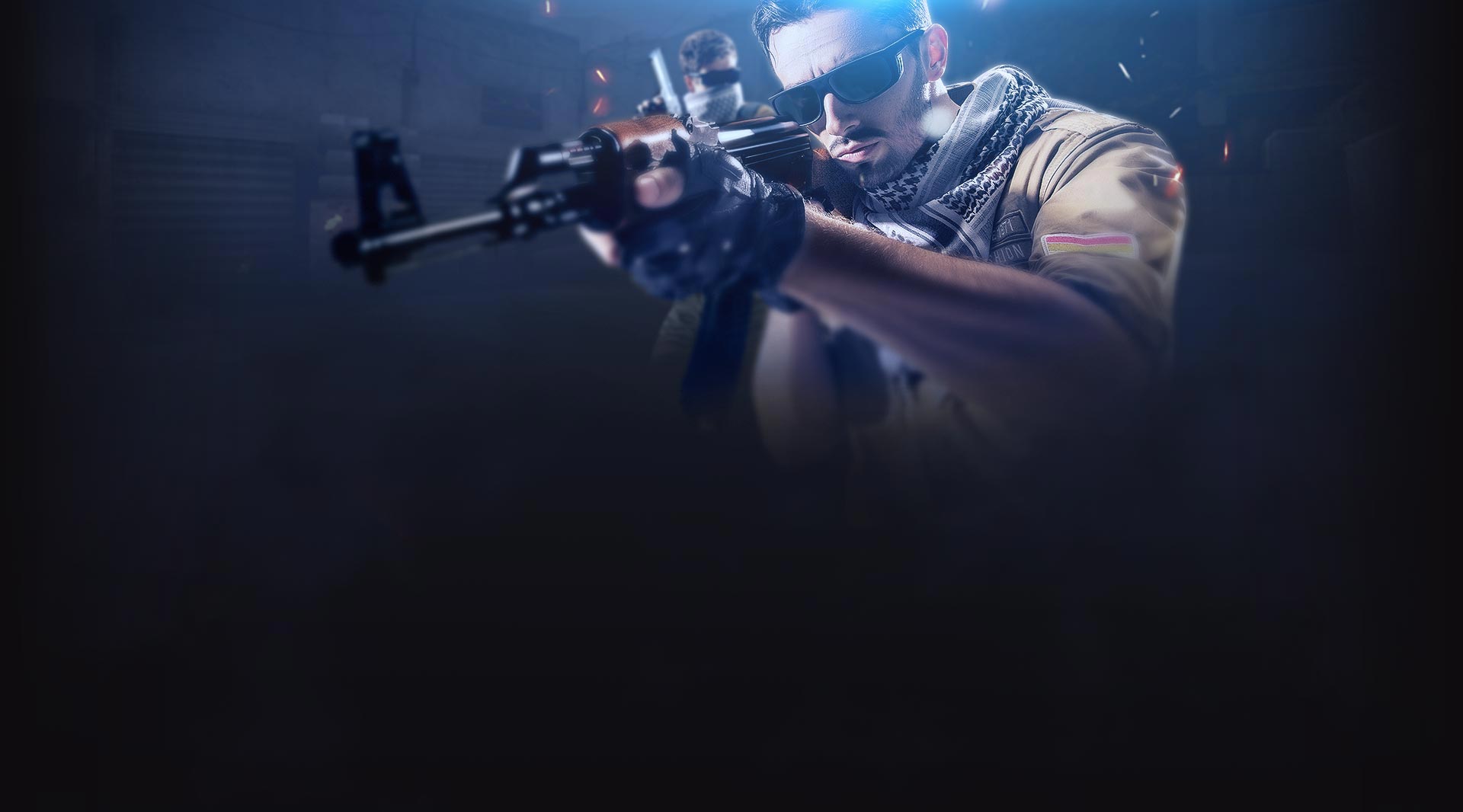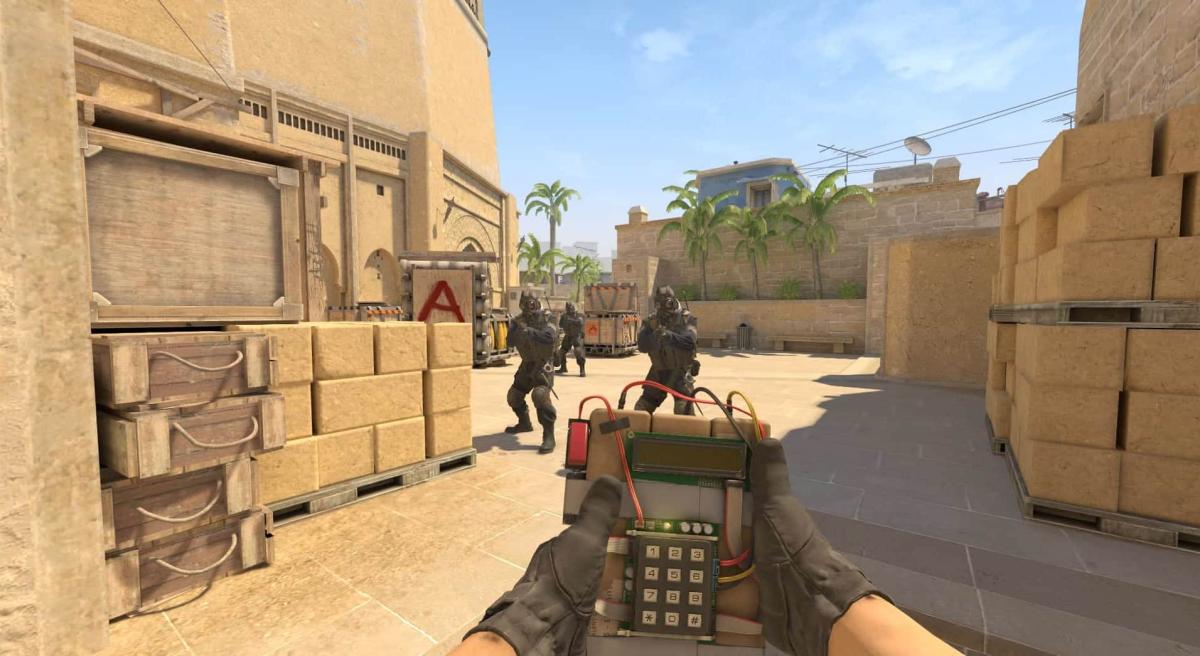Saving in Counter-Strike: Global Offensive can be hard for players who are impulsive buyers, so it’s a really good idea to check yourself before you wreck yourself.
Imagine that you just lost a costly gun round, you press tab during the next freeze time, and you notice you and your team’s money is way below the amount needed for a full buy—welcome to an eco round. An eco round is a round in which a team collectively opts to not buy expensive weaponry (AKA “save”) so that they can preserve their money for the next buy round.
Related: A beginner’s guide to the CS:GO economy—the basics and the meta
Eco is short for economy, and like the name implies, it means a player is being cost efficient by minimizing their money spent before a round, which is very similar to the ecological definition where someone is “saving” the environment. Smart money managers prosper and don’t need as much guidance, whereas the opposite kind of player will struggle immensely. Most of the time, if a teammate tells you to save, you should probably listen and follow. Patience and open-mindedness goes a long way during the eco round uphill battle.
Here’s a comprehensive guide to using your finances during eco rounds. To learn the basics of the CS:GO economy, check out our guide on how the complex money system works.
In general
If at least three players have insufficient funds to execute a full buy, then it would be ideal for the team to save. When three players have decent money and another two are a little low, a team can do a quasi-buy, or a “light” buy, in which the team has some weaponry to do as much economic damage as possible against the other team. It’s called a light buy because your team should still be able to full buy with utility in the following round.
Sometimes teammates will ask a player with an exceptional amount of money to buy pistols for the rest of them. This is where being a team player is crucial because those pistols can do a lot of damage if put in the right hands. Don’t be afraid to buy a someone a Desert Eagle or a CZ-75 if they ask.
Generally, your main objectives during an eco rounds are as follows:
- Save money as a team
- Steal better weaponry from the enemy
- Do as much economic damage as possible to the enemy
To guess the enemy buy situation and economy, press the scoreboard bind (usually the Tab key) and right click near the round matrix to see how many players were alive at the end of each round. This is an essential key to predicting both your own and the enemy’s eco rounds.
Resets and double saves
The absolute worst case scenario for your economy is when you lose a string of rounds, win one time, and then lose the next. This is called a reset. It’s called a reset because your round loss bonus is diminished to a measly $1,400, which is an abysmal reward when you already have less than $1,000 because of your previous buy.
If you have less than $2,000 in this scenario, you and your team must full save for two rounds in a row. You’ll want to minimize the money spent during a double save because your first full buy after the double save has to have as much firepower as possible and it has to count. Otherwise, you’ll have to save again if you lose—but only once because of your built-up loss bonus—which only increases the enemy’s lead on the scoreboard.
Additionally, double saves are less common on the T side because force buys are more prevalent thanks to the cheaper guns.
CT side
The defensive eco round meta emphasizes gamble stacks, or situations where a team puts more players on a bomb site than usual. On Mirage for example, CT players will light buy a cheap pistol with a grenade and focus their attention on the T entrances into the bomb site. Throwing multiple grenades and following them up with several peeks around a corridor works if done right, but sometimes T side teams in this “anti-eco” situation will counter it and wait passively for a rush. Sitting in the bomb site and waiting until the T execute is also another good gamble stack strategy that can be used.
T side
Unpredictability is the best trait that a team on offense can have. CTs have a lot to lose during their anti-ecos since their weaponry is slightly more expensive, and catching the defense off-guard with a five-man rush is a common strategy used. Conversely, a rush to the site on T side can do well against clumsy defenders who are easily caught off guard.
The most important point for the T side is that planting the bomb during an eco will add $800 to each player’s money. Another strategy, besides the five-man rush, is to send four players to one site, while the fifth player lurks and waits for the anchoring CT’s rotations before running into the bomb site for the easy plant. This can be easily read by smart site anchors who know timings, however.
So all-in-all, if you want to have healthier money, err on the side of caution by conservatively counting your pennies in-game.










Published: Jun 15, 2018 04:34 pm